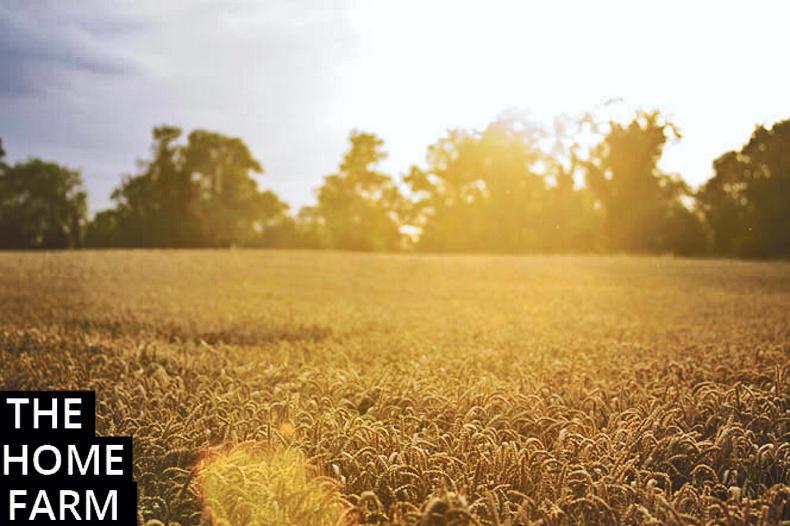As far as I can remember, 2022 was the first year that we didn’t have a single case of mortality in the cattle. I must admit I really hate on-farm livestock deaths. They sap morale and at least in my case, I blamed myself for each loss.
The main reason for the dramatic change from an average of 4% to 5% mortality is clearly the change in system from bull production, where we bought in bull weanlings from the suckler herd, to the new system based on dairy beef steers bought in from dairy herds.
The change in system coincided with convulsions in the prices of both beef and especially grain as well as fertiliser.
The changes in production methods are fundamental. Bull beef gives higher weight gain and output per acre, but the costs are also far higher – especially the feed costs.
The dairy beef system is much more reliant on grass, carcase weights are much lower and performance per animal is much more variable given the range of genetics in the cattle we are buying in.
Next step
The next step has to be to isolate the costs and returns of the new system as accurately as possible. On a mixed tillage/beef farm, this is easier said than done, but now that 2022 is finished, the job has to be tackled.
The changes on the tillage side have been much less dramatic but real nonetheless.
The emergence of oats for human consumption as a viable crop in its own right as well as yield increases in oilseed rape, coupled with beans where variability is helped by the production aid, have all meant that second wheats have disappeared and winter barley has now emerged as the least profitable tillage crop.
Last autumn was difficult for weed control in both the cereals and oilseed rape. In the oilseed rape, we had severe infestations of charlock - we finally got to spray it in the dry spell in early December.
I was told it would take a while to act, but I thought we had left it too long as large areas of the crop seemed to be smothered beneath the vigorous charlock.
But coming up to Christmas the charlock slowly went pale beside the oilseed rape plants and as we came into January, the charlock leaves started to wither and the stem reduce.
The rape plants underneath have suddenly almost caught up with the rest of the field, and at this stage I am optimistic that we will have a normal uniform crop. The wonders of modern science!






 This is a subscriber-only article
This is a subscriber-only article










SHARING OPTIONS: